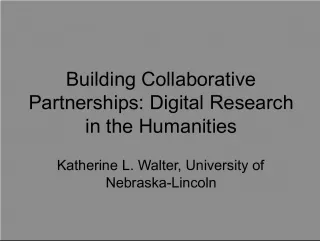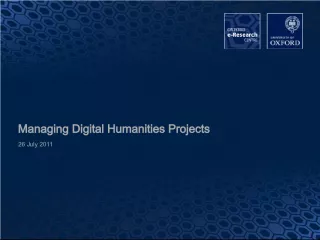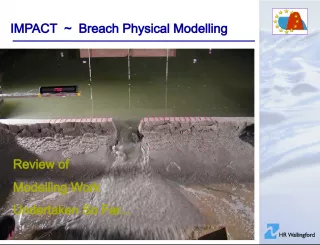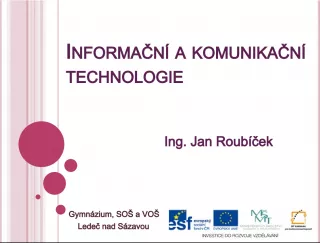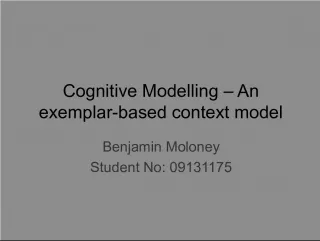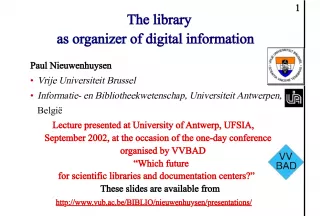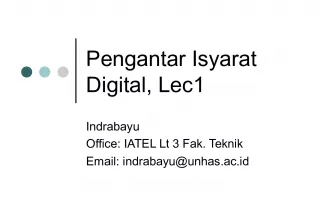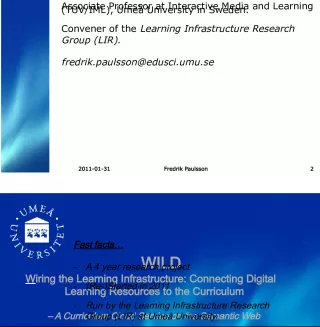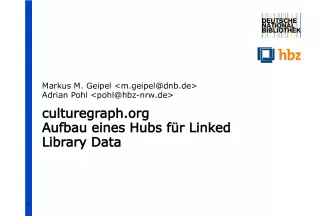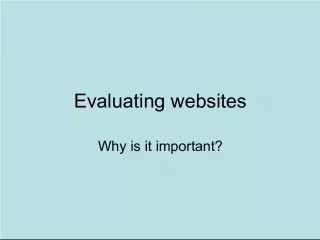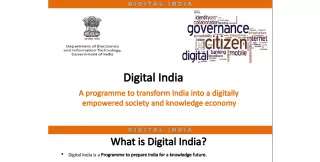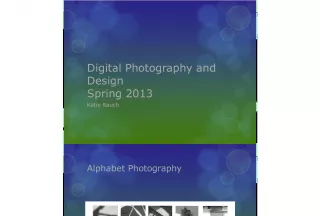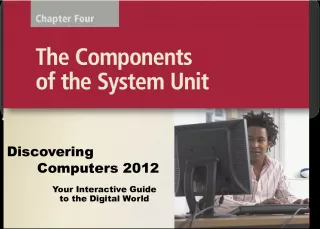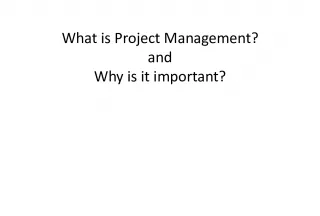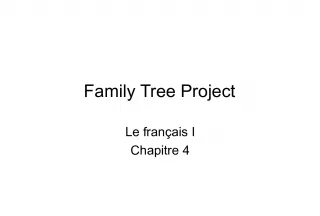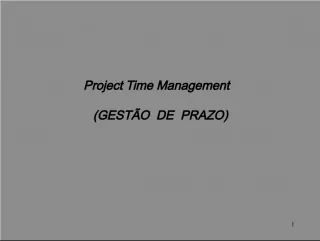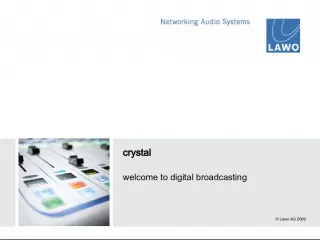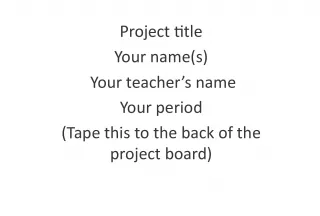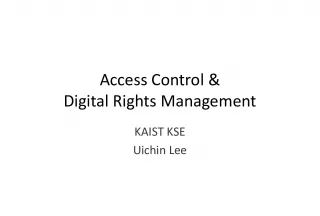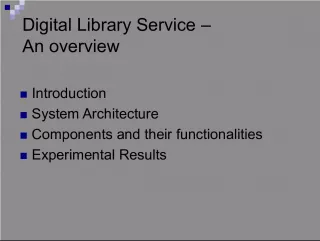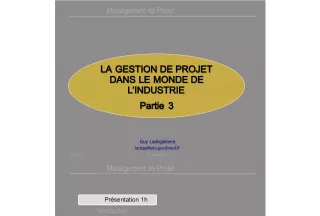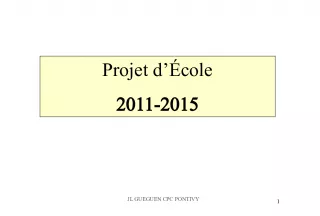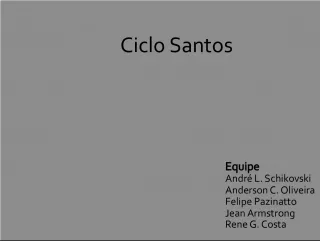Project Modelling in Digital Humanities.
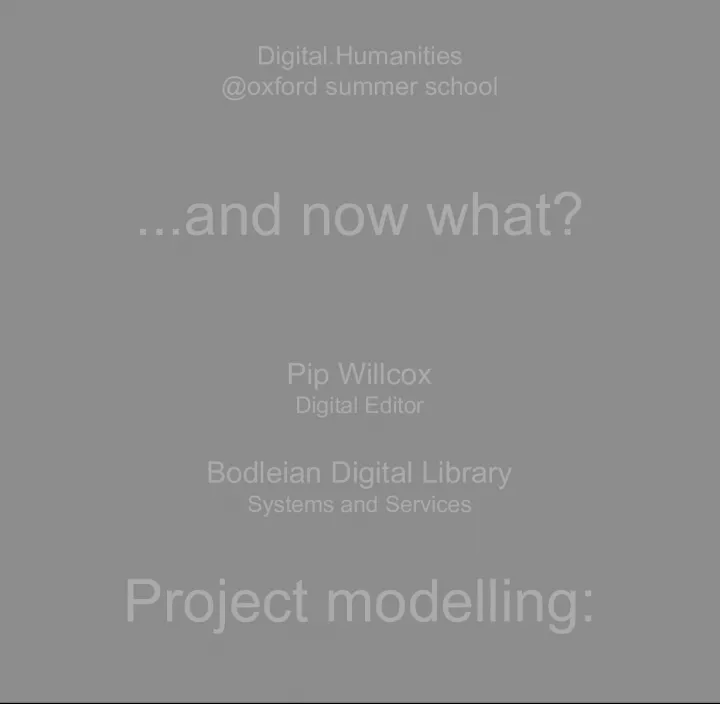

Pip Willcox, Digital Editor at Bodleian Digital Library Systems and Services, explores the process of drawing up plans to deliver promised outcomes in digital humanities projects. This session will cover project aims,
- Uploaded on | 1 Views
-
 carterpatel
carterpatel
About Project Modelling in Digital Humanities.
PowerPoint presentation about 'Project Modelling in Digital Humanities.'. This presentation describes the topic on Pip Willcox, Digital Editor at Bodleian Digital Library Systems and Services, explores the process of drawing up plans to deliver promised outcomes in digital humanities projects. This session will cover project aims,. The key topics included in this slideshow are . Download this presentation absolutely free.
Presentation Transcript
Slide1...and now what?Digital.Humanities @oxford summer school Pip Willcox Digital Editor Bodleian Digital Library Systems and Services
Slide2Project modelling:what is it? • The process of drawing up plans to deliver promised outcomes.
Slide3Taken as read• Project aims • Project outcomes • Project timing • Funding model and scale • Partners and staffing
Slide4What’ s left? • Project management • Quality assurance • Responsibilities • Outcome design • Surprises
Slide5Why model?• Turning your swanky project into reality: • Breaking the project into achievable, organizable tasks • Determining timeline • Distribution of work packages • Performance, feedback, revision
Slide6How?
Slide7•The origins: the pre-1642 quartos from • Other project partners http://quartos.org/
Slide8•Complementing the British Library ’ s Shakespeare in Quarto website • 1 copy of 21 plays in 73 editions • http://www.bl.uk/treasures/shakespeare/homepage.html
Slide9Goals• Create an interface to support teaching and learning, and to widen access • Create a digital edition of every copy of 1 play • Hamlet
Slide10Why Hamlet ? • At least 1 copy of Hamlet in each partner library • Textual complexity • Cultural icon
Slide11Modelling Hamlet • Inspired by the image resource • Individual copies • Legible • Searchable • Text Encoding Initiative p5: boutique editing
Slide13•Consulting stake-holders: • Advisory Forum • Discussion board • Professionally facilitated website evaluation … a creature native and indued / Unto that element
Slide14Project priorities• Provide images and texts online and for download (Creative Commons) • Accurate transcriptions • Include copy-specific data • Support users ’ learning and research • Project documentation
Slide15Complications
Slide18Key modellingelements • Breaking the project into achievable, organizable tasks • Distribution of work packages • Communication (and enthusiasm)
Slide19From boutique editingto mass digitization
Slide20•ProQuest ’ s Early English Books Online • Text Creation Partnership, University of Oxford and University of Michigan • Providing digital images and full texts of books printed in England and English, (1473-1700)
Slide21http://eebo.chadwyck.com/
Slide22Project scale• 126 925 bibliographic STC records • 117 260 digitized microfilm image sets • Phase I provided 25 369 full texts, available to partner institutions
Slide23Text creationImage taken from http://eebo.chadwyck.com/ .
Slide24Aims of Phase II• Build on Phase I, which created 25 000 digital editions in 7 years • Complete the digital corpus of unique English language titles in the STC • Produce 44 000 digital editions in 5 years
Slide25Don’ t panic
Slide26•Revisit funding model • Revisit transcription and editing procedures • Revisit staffing levels • 2.5 years in, 39% of texts are completed or in process Don ’ t panic
Slide27Why not use OCR?Images taken from http://eebo.chadwyck.com/ .
Slide28Key modellingelements • Determining timeline • Performance, feedback, revision • Communication (and enthusiasm)
Slide29Mass digitization to store-cupboardediting Register of The Stationers’ Company
Slide30•Small-scale pilot project • Internal university funding Register of The Stationers’ Company
Slide31Register ofThe Stationers’ Company Edward Arber, A Transcript of the Registers of the Company of Stationers 1554-1640 AD , 5 vols, (London and Birmingham, 1875).
Slide32If I may...• Ask • Make mistakes • Adapt • Plan for surprise
Slide33Fail• “ Be willing to fail a lot ” • “ Fail on a survivable scale ” • “ Spot a failure and fix it early ” Tim Harford , Adapt: Why success always starts with failure (Little, Brown, 2011). http://www.youtube.com/watch?v=KR_mCvb-KyY&feature=player_embedded Accessed 24 July 2011
Slide34Remember“ The coolest thing to do with your data will be thought of by someone else. ” Rufus Pollock, Co-Founder and Director, Open Knowledge Foundation http://blogs.talis.com/nodalities/2007/05/xtech_day_3_rufus_pollock_and_.php Accessed 24 July 2011
Slide35Pip WillcoxDigital Editor Bodleian Digital Library Systems and Services pip.willcox@bodleian.ox.ac.uk http://quartos.org http://eebo.chadwyck.com
